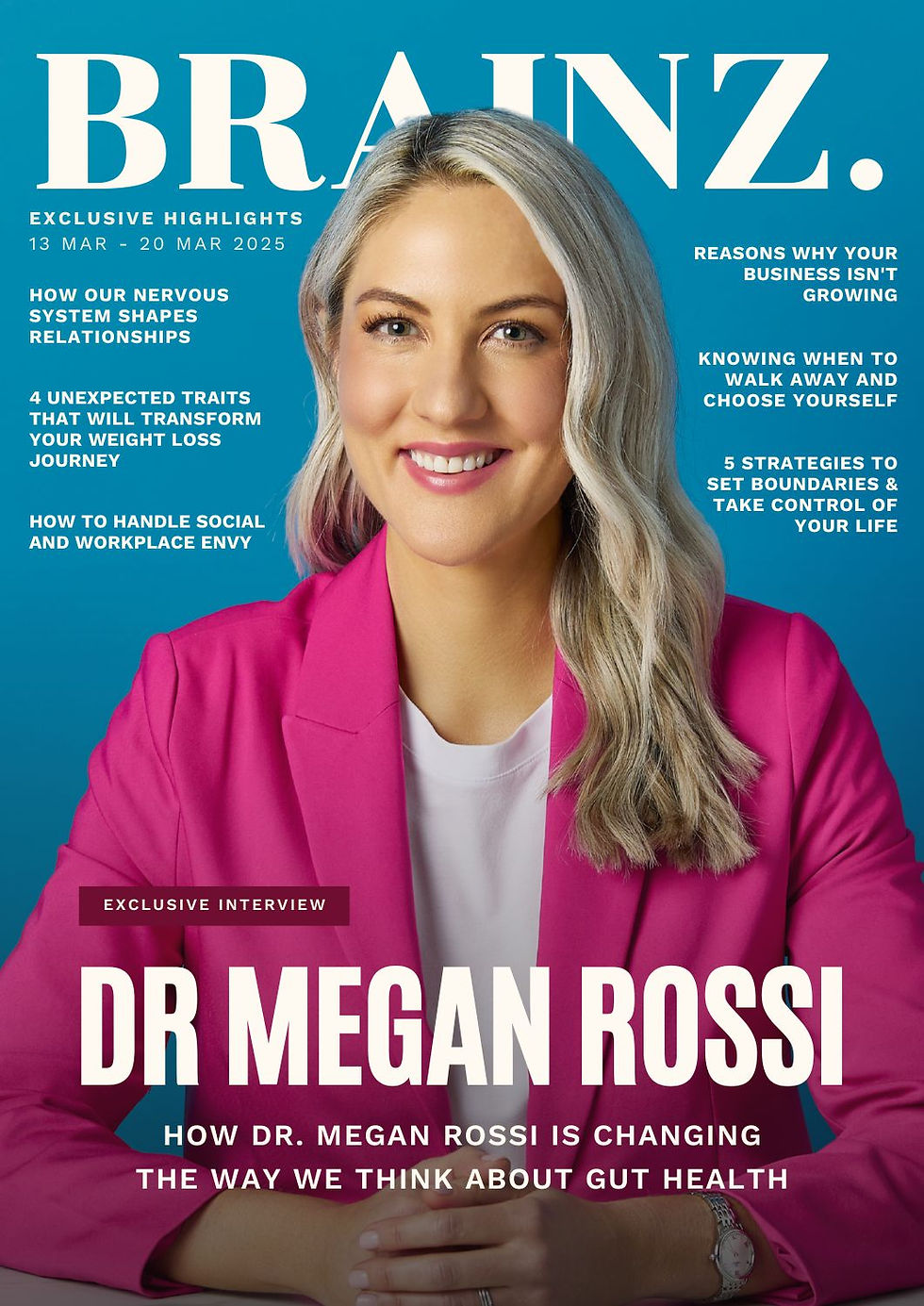Written by: Julie Turvey, Executive Contributor
Executive Contributors at Brainz Magazine are handpicked and invited to contribute because of their knowledge and valuable insight within their area of expertise.

Do you ever wake up and think: "Another long depressing day"? If so, me too. Our brains generate thousands of thoughts per hour. Some thoughts are helpful, some of them unhelpful. A research study by the National Science Foundation discovered that approximately 80% of our thoughts are negative, and 95% are repetitive from the day before. Wow! How are we supposed to have peaceful and productive lives if this is what we face?

Guess what? We don’t have to believe all of our thoughts!
When I first learned this, my mind was blown. I used to think all of my thoughts were somewhat true.
This is where CBT (Cognitive Behavioral Therapy) comes in. It teaches us a helpful tool for managing distressing thoughts, emotions, and behaviors. The CBT triangle describes how thoughts, behaviors, and feelings intertwine.
Here's how it works: A situation happens. Your brain automatically interprets its meaning and future outcomes.
Example Situation: A relationship breakup
1st thought: “I will never find love again."
2nd thought: "I’m destined to be alone forever."
3rd thought: “I’m terrible at relationships."
4th thought: I’m allowed to feel sad. I will take time to grieve and learn from the experience, and I still have a bright future."
How does thought 4 feel versus thoughts 1, 2 & 3?
The situation is the same (a breakup).
However, choosing thought 4 is healthier and more hopeful.
Now that we realize we can choose a helpful thought, what next?
Notice what feelings correlate with your thoughts.
Outline what actions correlate with that thought.
For example, as listed above
Thought: I will never find love again.
Feeling: sad, hopeless, discouraged.
Action: withdraw
Thought: I will take time to grieve, to reflect on what I can learn, and I still have a bright future."
Feeling: Peaceful, hopeful, slightly sad
Action: grieve, and be open to joy and healthy activities.
What is your current painful situation? What are you struggling with? Let's apply these principles to your challenge. Write out 4 thoughts, with at least one being hopeful. Notice how you feel after you write the 4th hopeful thought. Notice the power in your creative effort.
As a therapist, I see the relief in someone's eyes when they realize that the way they are interpreting a situation can be changed.
That they are not stuck with the story they tell themselves, that there are choices. That they have more control than they initially thought. It takes time to slow down and notice, examine your thinking, and notice what story you're telling yourself that either creates hopeful outcomes or sad outcomes.
Let's take this a step further and use your imagination to create a happy ending to your story. If this situation turned out well, what would it look and feel like? The more specific the visualization, the better.
Let’s use our creative imaginations to focus on outcomes that bring joy, love, and hope to the world. You can do this!
As you begin to notice your thoughts with curiosity and compassion instead of judgment and shame, you will begin to move through challenges more easily.
Tomorrow morning, try a new waking thought: Instead of: "It's going to be another long stressful day" try a more helpful thought such as: "Today is an opportunity to be kind to myself and spread joy and love to others around me."
Curiosity and compassion towards yourself and your unhelpful thoughts will help you navigate them with ease. This doesn’t need to be: “Oh, there I go again having another negative thought” (so you feel worse about yourself.) Our brains automatically produce negative thoughts beyond our control. The goal is: (hopefully with a little sense of humor,) "there's my brain thinking of worst-case scenarios for today. Instead, I’m going to choose a helpful thought today."
I have to be very proactive to balance negative thoughts. I pay attention to what I'm watching and listening to, and the people I surround myself with. I listen to positive affirmations daily, read hopeful material, and listen to motivational videos and information daily. What information do you fill your mind with daily? Can you be more proactive in filling your mind with hopeful thoughts?
We all go through sad times in our lives. This is not about avoiding sad thoughts, as they are appropriate based on challenging circumstances in our lives. However, if you have had consistent sadness for more than two weeks, including thoughts of self-harm, trouble completing daily tasks, withdrawal, changes in eating habits, lack of motivation, or changes in sleeping patterns, please talk to your doctor or a licensed mental health professional for additional support. Depending on our genetics, brain chemistry, exposure to traumatic experiences, diet, and many other factors, destructive thoughts may be concerning to our safety and health.
You are not alone in managing challenging thoughts, behaviors, and emotions. Let's notice our unhelpful thoughts with compassion and curiosity, and choose a helpful thought when possible for a more productive, bright, and joyful future.

Julie Turvey, Executive Contributor Brainz Magazine
Julie Turvey, Licensed Psychotherapist, has been working in the mental health field for over 25 years. Julie is passionate about helping people with depression, anxiety and ADHD overcome challenges and live a joyful life.


